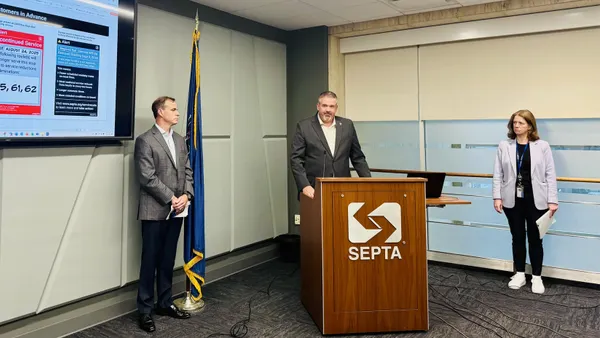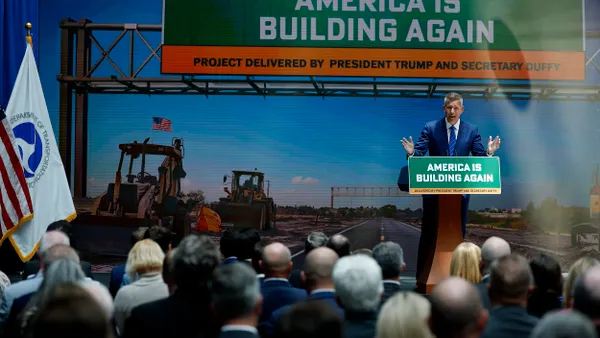Editor's note: This article was originally published in American City & County, which has merged with Smart Cities Dive to bring you expanded coverage of city innovation and local government. For the latest in smart city news, explore Smart Cities Dive or sign up for our newsletter.
Cities account for 90.8% of the U.S. GDP, according to the 2025 Metro Economies Report. The U.S. Conference of Mayors released the report, which S&P Global Market Intelligence prepared, at its annual meeting in June. The report found that cities account for 89.5% of personal income, 92.1% of wages and salaries, 88.2% of employment, 90.3% of employment change and 86.4% of population. The gross metro product of the top 10 metro areas ($9.67 trillion) exceeds the output of 37 states ($9.45 trillion), the report states. In 37 states, metro areas contribute more than 80% of the state GDP.
“The vast majority of the growth that we see in the U.S. economy is really driven by the 386 metros in the U.S.,” Karen Campbell, associate director, consulting, with S&P Global Market Intelligence, said when presenting the report at the USCM meeting. National trends and recent policies will “impact the metros’ ability to really be that engine of growth,” she said. Thus, “our forecast “shows soft growth in the near term reflecting the fallout from tariffs, higher inflation, diminished fiscal tailwinds and restricted Fed policy.” S&P Global Market Intelligence forecasts 1.3% U.S. GDP growth in 2025, followed by 1.7% growth in 2026, according to the report.
Cambell said that 2% GDP growth is “our threshold for what we need to … maintain the standard of living. … When you're below 2% [growth], you're below the potential of the economy … to create the growth that's needed to maintain the standard [of] living.”
Several factors affect growth, including employment and labor markets and business investment, which Campbell said has been contracting over the past two years and will continue to do so in 2026. “Investment is what creates growth, and investment takes time to play out and realize those returns on investment. So, every year that we … have lower investment is another year of those returns not coming back as quickly.”
Housing is also a factor in economic growth, and Campbell noted some concerning data in that market. “The National Association of Home Builders and Wells Fargo Housing Market Index dropped to 32 in June,” Campbell said. “That's the third-lowest reading since 2012. Meanwhile, most of the top 100 metros have continued to post rising prices [for housing]. So, we're continuing to see those prices rise as we don't see as much supply coming in the market.” S&P Global Market Intelligence expects the housing price index to rise more slowly, she said. “With a 5.4% increase in prices in 2024, we're looking at a pace of about 3.3% increase in 2025 and 2.7 [% increase] in 2026.”
In looking at the map of 2024’s GMP growth, Campbell pointed out that “domestic terrorist, counterterrorism, [and] trade policy uncertainty pose significant near-term challenges for state exports and metro exports and the industries that supply them. … we do see a big risk in a lot of manufacturing-heavy metro areas.”
Campbell said that all states saw some year-over-year employment growth in the first quarter, but “it's not as fast as the pace that we saw even just a year earlier.” Job growth will continue to decelerate across the country, she said, and the firm is “watching the federal job cuts for the D.C. area, for the Maryland, Virginia metro areas. We're expecting them to be particularly hard hit in coming years.”










